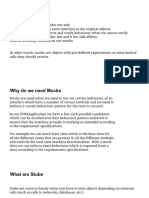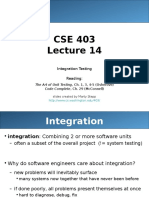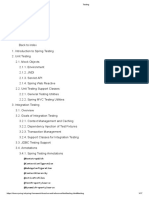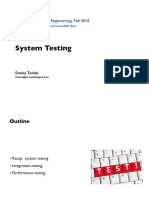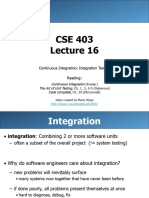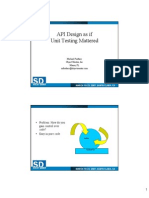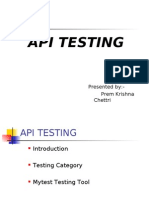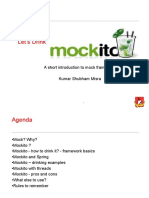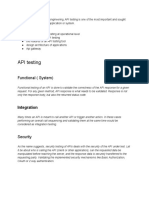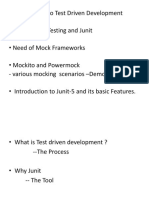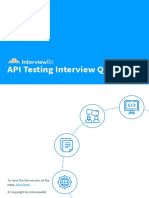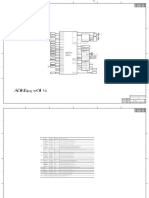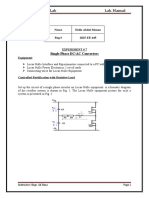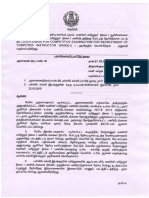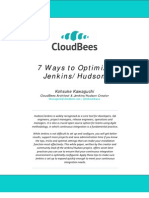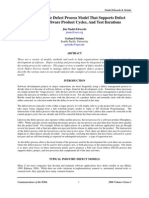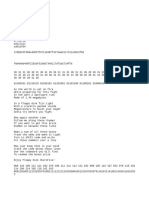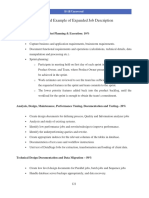0% found this document useful (0 votes)
33 views5 pagesMocking Vs Stubbing in API Testing + Interview Mock
The document compares Mocking and Stubbing in API testing, highlighting their definitions, use cases, verification methods, and implementation complexities. It also provides six interview questions with structured STAR format answers, illustrating practical applications of both techniques in various testing scenarios. Key tools mentioned include Mockito for mocking and WireMock for stubbing.
Uploaded by
backupreneemouraCopyright
© © All Rights Reserved
We take content rights seriously. If you suspect this is your content, claim it here.
Available Formats
Download as PDF, TXT or read online on Scribd
0% found this document useful (0 votes)
33 views5 pagesMocking Vs Stubbing in API Testing + Interview Mock
The document compares Mocking and Stubbing in API testing, highlighting their definitions, use cases, verification methods, and implementation complexities. It also provides six interview questions with structured STAR format answers, illustrating practical applications of both techniques in various testing scenarios. Key tools mentioned include Mockito for mocking and WireMock for stubbing.
Uploaded by
backupreneemouraCopyright
© © All Rights Reserved
We take content rights seriously. If you suspect this is your content, claim it here.
Available Formats
Download as PDF, TXT or read online on Scribd
/ 5




